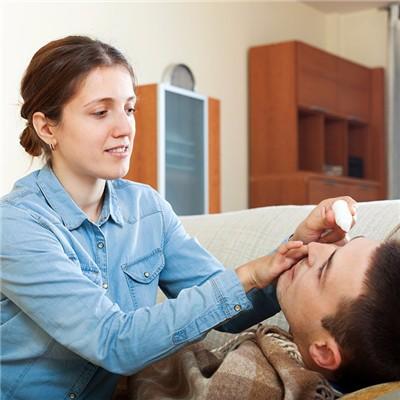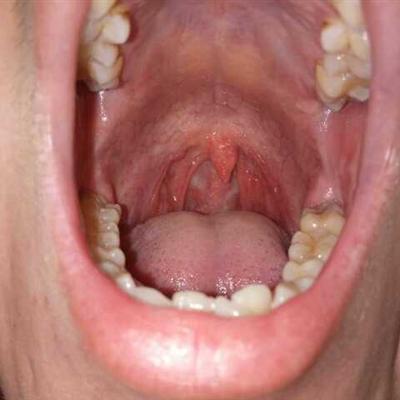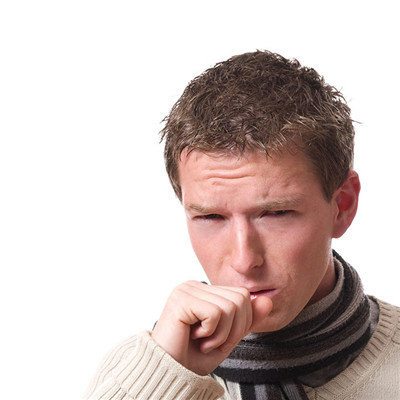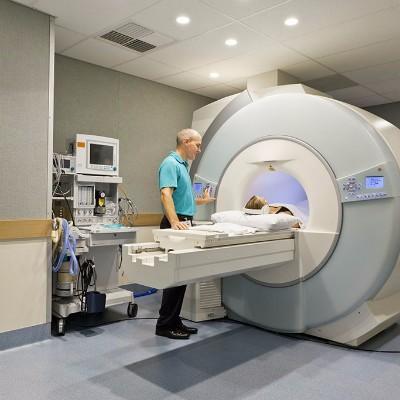Is autosensitive dermatitis serious?
summary
Autosensitive dermatitis. Due to patients suffering from their own eczema after stimulation of a certain substance allergy caused by systemic inflammatory reaction. Traditional Chinese medicine calls it damp ulcer. Most of them are due to the internal accumulation of damp heat, exogenous pathogenic wind, and the mutual attack of rheumatic heat, or due to the natural intolerance and the excessive toxic heat.
Is autosensitive dermatitis serious?
Autosensitive dermatitis is also known as autosensitive eczema, or its own sensitive dermatitis. Its pathogenesis is due to the patient's own skin disease caused by local lesions produced by some substances allergy. Before the disease, eczematosis often occurs in some parts of the body, such as silting dermatitis, numinous eczema, contact dermatitis, etc, It causes skin rash around the original lesion or all over the body.
The etiology of autosensitive dermatitis is complex. Most of them are caused by the interaction of some external or internal factors. The causal relationship is complex and there are many other factors, so it is different from contact dermatitis. The reason is not easy to remove, easy to relapse and chronic.
Key points of diagnosis; There was localized dermatitis or eczema before generalized rash, and the rash was generalized 7-10 days after over stimulation or improper treatment. The rash is characterized by symmetrical papules, papules and small blisters on the basis of erythema, which are distributed in clusters and can fuse into a piece with severe itching. After the improvement of the primary lesion, the generalized rash gradually decreased or subsided in most patients.
matters needing attention
Treatment 1. Active treatment of primary focus, symptomatic treatment of secondary focus. 2. Choose 1-2 kinds of antihistamines, vitamin C and calcium as appropriate. 3. Wet compress with 3% boric acid solution can be used for primary skin lesions with more exudation. 4. If there is bacterial infection in the primary focus, bacterial culture should be carried out, and sensitive antibiotics should be used topically or orally. The key is to treat the primary lesion and choose the treatment according to the characteristics and severity of the lesion.

















